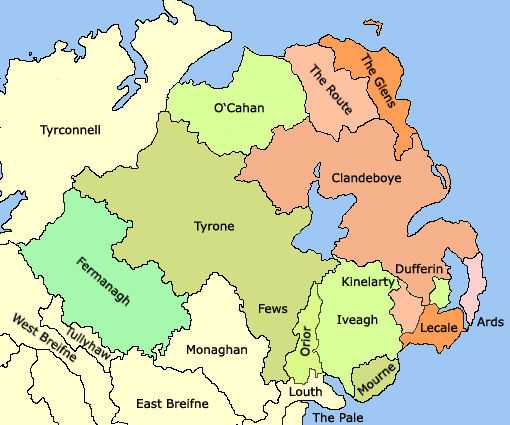
A new Empire emerges, one touching three oceans. But as its ruler had condemned his only son to death, its future is uncertain.
Story in the evening ...
Story in the evening ...
https://twitter.com/Arby_K/status/1404627267943223301
Petr Alekseivich was born in 1672 to Aleksei Mikhailovich, Tsar of Russia, and Natalia Narishkina. Aleksei died in 1676 and Petr's elder half brother, Feodor, became the Tsar. But Feodor was physically weak and was dominated by the Miloslaskys, his maternal family. 1/10 

Feodor's death in 1682 brought Petr and his other elder half brother, Ivan, as joint Tsars. Since Ivan was also weak, their elder sister, Sofia became Regent. But by 1689, Petr had dismissed Sofia and taken over the rule. Ivan's death in 1696 gave Petr solo rule. 2/10 

By 1689, the conquest of Siberia had been completed, but Russia still lacked the lucrative access of the Black Sea and the Baltic Sea. First Petr set off for Azov on the Black Sea coast. It fell in 1696 and soon Russian Navy was born. 3/10 

Next he set his sights to the north. Alliance against Sweden in 1700 started with defeat. The Swedes won at Narva in 1700 and alliance soon faltered. But Petr persevered, taking Narva in 1704 and worked on building a new city from his gains against Sweden - Saint Petersburg. 4/10 

Petr also had to deal with internal divisions, a rebellion in Astrakhan and the Cossacks led by Kondraty Bulavin. Both were suppressed. But in 1708, Ivan Mazepa, Cossack hetman who served Petr in Ukraine switched his support to Sweden. 5/10 

Petr met them at Poltava in 1709 and defeated them. Mazepa and the Swedish King escaped to Ottoman Moldavia. Tsar Petr was now in the driving seat in his war against Sweden. Though the Swedish King returned in full force, his death in 1718 put things in Russia's favour. 6/10 

In 1716, Petr's son, Aleksei, ran away to Vienna. Born in 1690, the only son of Tsar Petr, did not see eye to eye with his father. But once his father traced him out, he returned to Russia, where his father disinherited and imprisoned him, where he later died in 1718. 7/10 

The Great Northern War ended in 1721 at Nystad and confirmed Russia's conquest of Swedish Livonia and Estonia, captured in 1710, along with Swedish Ingria captured earlier. Now the Tsar had access to both the Black Sea and the Baltic Sea. 8/10 

On 22 October 1721, Petr was declared as the Imperator (Emperor) of all Russia. Tsar Petr was now the Emperor of all Russia, a Russia that connected the Baltic to the Pacific. Next to him was his former mistress, Martha, whom he had married in 1711, as Empress Ekaterina. 9/10 

Petr died in 1725 and was succeeded by Ekaterina. 11 year old Petr, Petr's grandson and Aleksei's son, would succeed his step grandmother in 1727 on her death, but he would die shortly in 1730. It would take till 1741 for Russia to stabilise under Empress Elisaveta. 10/10 

• • •
Missing some Tweet in this thread? You can try to
force a refresh











